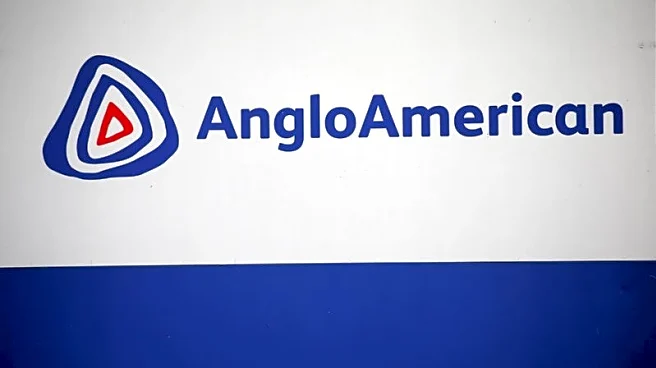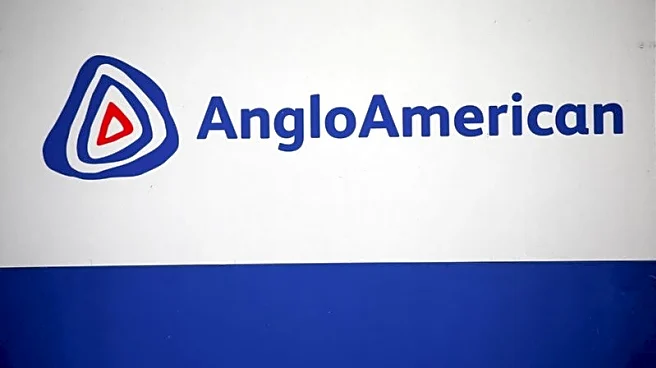What's Happening?
Anglo American is acquiring Teck Resources in a $50-billion all-share merger, creating Anglo Teck, which will become the world's fifth-largest copper producer. The merger involves Anglo exchanging 1.3301 shares for each Teck share, with a special dividend of $4.5 billion to Anglo investors. Anglo shareholders will own 62.4% of the new company, while Teck shareholders will hold 37.6%. The merger aims to secure access to Teck's copper assets amid rising demand for the metal, crucial for electrification and renewable energy. The deal is subject to regulatory approvals in Canada, the United States, and China.
Why It's Important?
The merger is significant for the mining industry as it consolidates resources to meet the growing demand for copper, essential for technological and renewable energy advancements. The strategic acquisition of Teck's copper assets positions Anglo Teck to capitalize on market opportunities and enhance operational efficiencies. The merger reflects the industry's trend towards securing critical mineral supplies, which are vital for global sustainability efforts. The deal also highlights the competitive landscape, with Anglo fending off previous acquisition attempts by other major players.
What's Next?
The merger is pending regulatory approvals, with a review under the Investment Canada Act to ensure it delivers a net benefit to the country. The approval process could take up to 18 months, during which stakeholders will monitor the strategic moves of Anglo Teck. The merger is expected to generate significant synergies, particularly in Chile, where adjacent copper assets will be optimized. The industry will be watching closely as Anglo Teck seeks to leverage its expanded portfolio and navigate regulatory challenges.
Beyond the Headlines
The merger highlights the strategic importance of copper in the transition to renewable energy and digital technologies. As demand for copper continues to rise, Anglo Teck's formation underscores the need for mining companies to innovate and adapt to meet sustainability goals. The merger also raises questions about potential job impacts and community effects, as the new company aims to streamline operations and maximize efficiencies.












